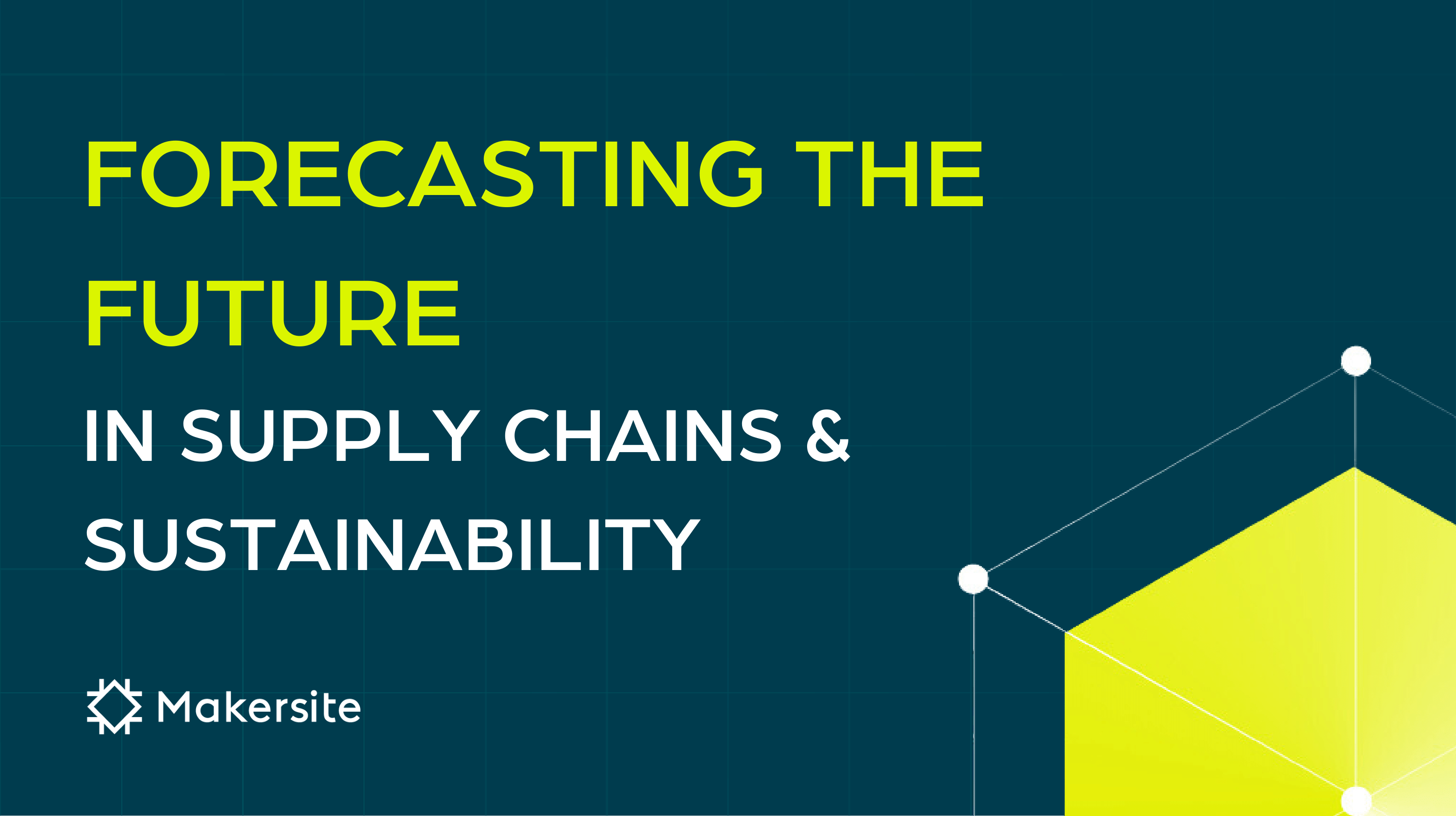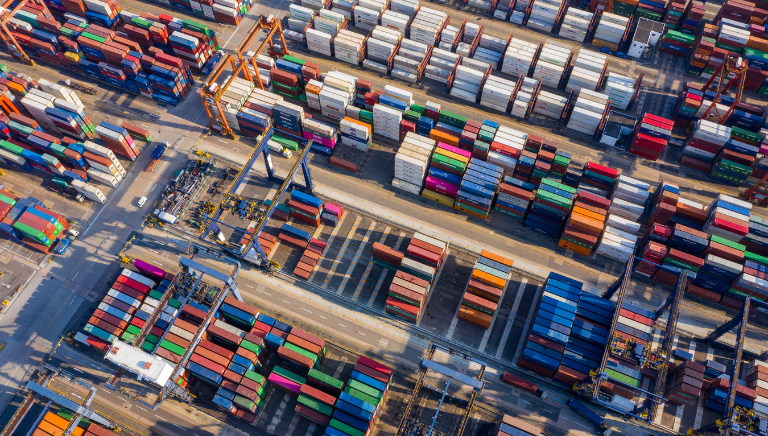We might not have a crystal ball, but we do have a very good idea of where the worlds of manufacturing and product development are heading in the months and years ahead.
The pace of change – and the regulatory, market and stakeholder demands that accompany it – has, and will continue to be, rapid. For all of these predictions it is not a case of ‘if’, but ‘when’.
For businesses looking to capitalize on this momentum, the time is now. Being ahead of the curve is much easier than catching up.
Below, we offer some insights of our own alongside contributions from a couple of our closest collaborators.
Predictions from Makersite:
Supply chain disruptions will subside
Contrary to the fearmongering that we’ve seen in the news lately, we believe that disruptions will continue to subside in 2024, bringing immense relief to manufacturers and customers. Most of the supply chains have recovered from pandemic era disruptions, both in terms of production and logistics. While recent challenges in the Red Sea have caused concern, logistics have largely adapted with marginal increases in delivery times and costs thanks to the overcapacity that was created after the pandemic.
Generative AI will not take our jobs, yet
This topic isn’t quite our wheelhouse, but as there is so much hype about GenAI we felt we had to say something. While a quarter of CEO’s anticipate significant AI-related job losses this year (Source: PwC, Global CEO Survey), we feel this is massively overblown. The truth is that these things take time in most functions where its applications are still immature.
Companies will remain carbon neutral , experimenting with the use of generative AI to create marketing content, summarize customer service calls, unlock domain-specific knowledge via chatbots and generate workflows and apps. Jobs in supply chains are not going anywhere. In fact, it’s never been cooler to be in this space.
It’s also worth keeping a close eye on how some of our biggest and most innovative companies are embracing the possibilities of generative AI. Look to Autodesk and PTC’s use of generative design – “a form of AI that produces myriad solutions to defined engineering problems” – and its ability to boost innovation, reduce waste, and accelerate time-to-market. Both showcase a potential future where engineers and AI work in tandem to create something demonstrably better. As PTC puts it: “[With generative AI] engineers can interact with the technology to create superior designs and drive product innovation more quickly.”
Budgets will continue to tighten
While there is a lot more optimism amongst business leaders (PwC Global CEO Survey) and consumers (Source: Ipsos, Global Advisor Predictions 2024) than in 2023, Makersite CEO Neil D’Souza predicts that for the most part, 2024 will be a year when companies have to “do even more with even less.” There is still a lot of ambiguity in the EU,” he notes.
“The economy is growing in the US, but in the EU it’s stagnating. Across manufacturing, budgets are still getting cut and I don’t think that’s going to change any time soon.” Unfortunately, most of the primary levers of efficiency have been exhausted, so companies will need to make investments to drive the next level of savings.
The “S” in ESG will become more important
When it comes to an increasing onus on rules, regulations and political optics, Sophie Kieselbach, Makersite’s Experts Team Lead, believes that the ‘S’ in ‘ESG’ is going to increase in prominence. “Driven by the Corporate Sustainability Reporting Directive (CSRD), 2024 will be the year when social indicators really begin to permeate business decisions along the supply chain. Businesses will need to start implementing more concrete methodologies that allow them to track human rights issues such as slavery or child labour or gender inequality more accurately.”


Predictions from friends of Makersite:
We also reached out to a few close friends of Makersite for their input on what the future holds. Here are their predictions:
Leaders in sustainability will finally get to shine
Capgemini’s Lukas Birn, VP of Sustainability believes that as we navigate through 2024, the disparity between sustainability leaders and laggards will become starkly evident. Those lagging behind will find themselves grappling with increasingly stringent legislation designed to curtail unsustainable practices.
In contrast, sustainability frontrunners will intensify their investment in innovative products and services that bolster their commitment to a Net Zero future. With the likelihood of an economic downturn, there will be a heightened emphasis on cost-efficiency and the maximization of impact. Budget constraints will prompt a more judicious allocation of resources, ensuring that only the most effective sustainability initiatives are pursued.
Customers and regulators will amplify calls for transparency
67% of chief supply chain officers now oversee environmental and social sustainability KPIs, with many setting ambitious targets for carbon neutrality within five to 10 years. To achieve green and circular supply chains, companies are building ecosystems that extend beyond their internal operations and Tier 1 suppliers, driving change across the entire value chain. This will require a greater level and quality of transparency internally – to drive better decision making – but also externally, due to regulations
As Microsoft’s Kelly Stumbaugh, Director Devices, Ecodesign, Ecolabels, and Carbon Emissions, says: “Something that is top of mind for me is growing demand for transparency around sustainability metrics, especially GHG emissions and circularity (at least for my industry, electronics). To accomplish this in an ethical manner, companies will need to continue to increase rigor around how these metrics are calculated and the input data that they are collecting, and to include these details and explanations of methodology along with the metrics themselves. Regulations and initiatives in Europe such as SPI, CSRD, and CBAM will drive much of this, but so will customer demand.”

